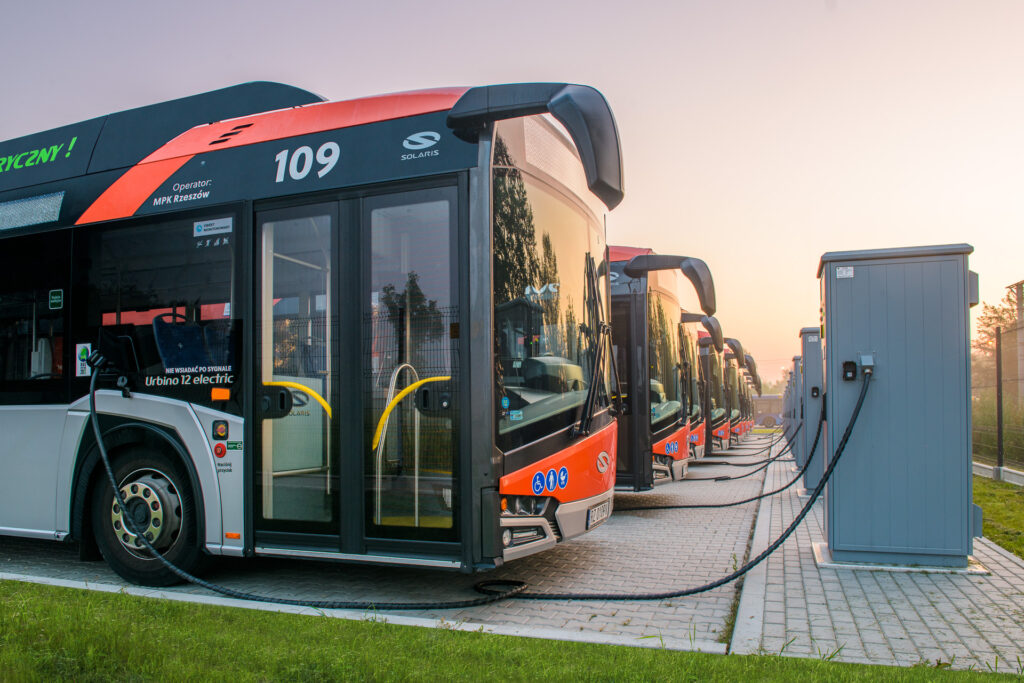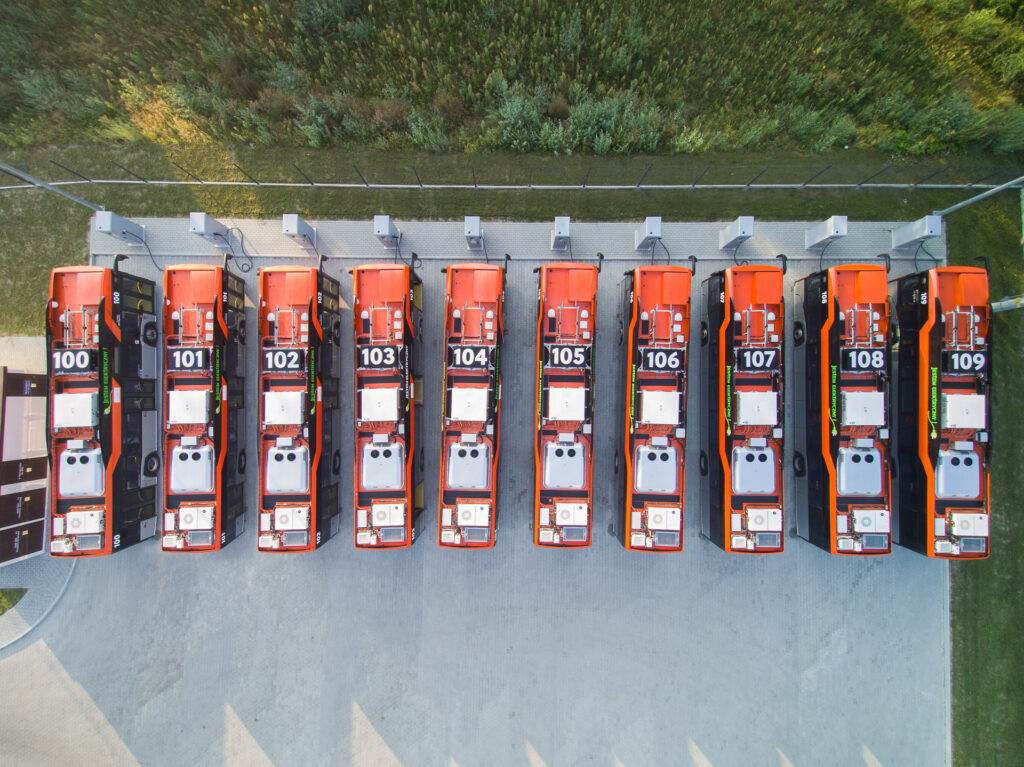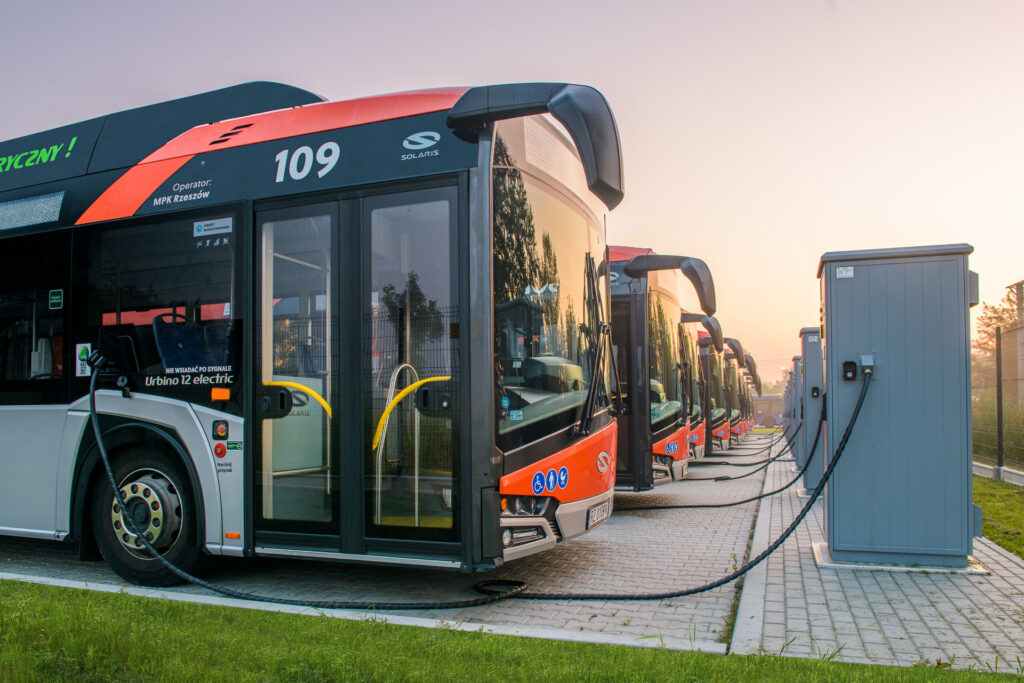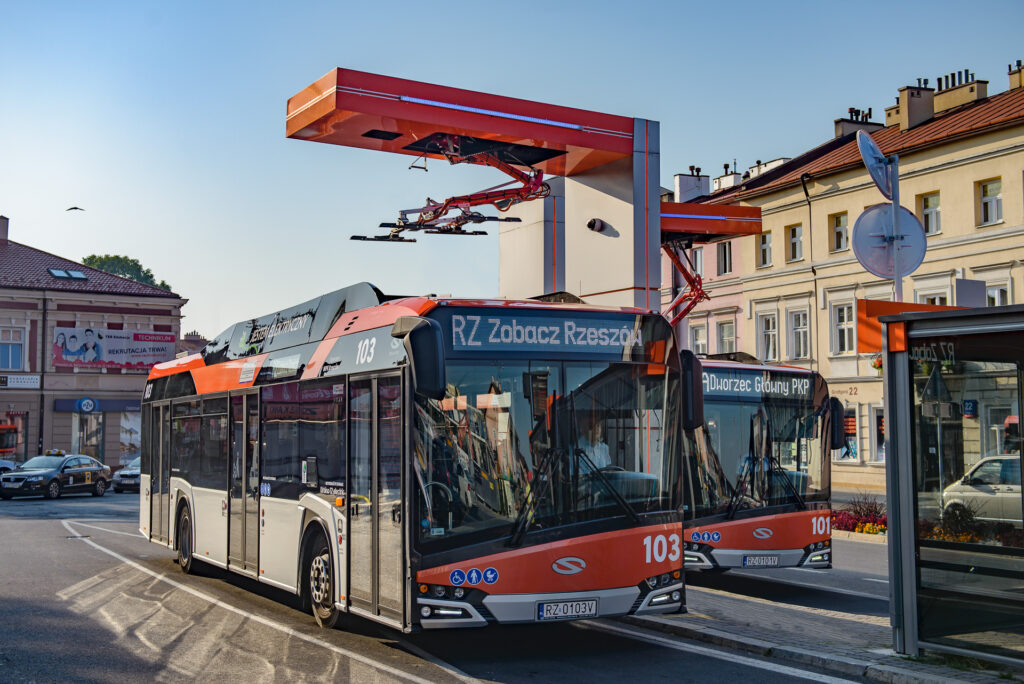Bus Rapid Transit in Denmark: Aalborg
BRT in Aalborg: the city's solution for enhancing urban transport – what makes it so effective?

Zero emission in the Polish Capital of Innovation: Transportation in Rzeszów
“Rzeszów – Capital of Innovation” is not just a catchphrase voicing the city’s ambitious aspirations, but a sustained development strategy. The solutions introduced by Public Transportation in Rzeszów speak for themselves.
Eco-friendly solutions built into the city’s DNA
Rzeszów, with a population of nearly 200,000, adopted the Rzeszów Brand Strategy and Programme for the Promotion of the City of Rzeszów in 2009, laying out a course of action for its dynamic development. Cutting-edge solutions regularly introduced in the urban space are testimony to the fact that the city is emerging as one of the most innovative in Poland. Its quality is attested by a number of awards and recognitions, including the second place in the Europolis 2019 “Cities for the Young” listing or the Smart City award for populations from 100,000 to 500,000 in the Smart City Forum 2017 competition.
Deployment of a fleet of electric city buses combined with an infrastructure for charging was among these leading edge initiatives. Under this venture, 10 Solaris brand electro buses rolled out to become a part of the transportation in Rzeszów in early 2019. Featuring a total zero-emission in-use, the vehicles were designed to serve two popular city lines (0A and 0B) covering a distance of more than 18 km.

Long-term sustainability
For anyone interested in electric urban transport, there is much more to just purchasing vehicles. Developing an efficient energy refuelling system is of key importance in regard to electric buses.
Charging infrastructure needs to be designed to ensure that the vehicles are not interrupted in their service. These were the objectives that guided the authorities of Rzeszów. They have not only invested in buses, but in charging stations as well. Solaris was awarded the contract for the entire project. Just what are the components of such a system? What work was required to successfully complete the project? Find out below.

The entire procurement for the Rzeszów City Hall involved the delivery of 10 state-of-the-art Urbino 12 electric buses alongside the complete charging infrastructure, i.e. designs, technical development, delivery of charging devices, as well as their fitting and start-up. Under the contract, Solaris was responsible for expanding the depot located in Lubelska Street and building a fast-charge station located in the immediate vicinity of the bus station in Grottgera. Street.
As a result of the implementation in Lubelska Street you will find a parking area for 10 buses, fitted with 10 direct current depot chargers with a capacity of 35 kW. In the course of the works, the overhead medium and low voltage line was converted into a partially underground line, and the complex reconstruction of the medium and high pressure gas network was carried out. The new medium voltage poles and transformer station have also been installed. Cable installations were made for low-voltage lighting poles and poles supplying power to bus chargers. Adapting the solutions to the Wisłok river passing close by was a particular challenge. This included strengthening the bank line and designing the sewerage system to accommodate not only street, but also river gullies.
A series of approvals from the city’s conservator were required for the construction of the fast charge station in Grottgera Street due to the fact that it is in the very centre of the city. As such, the mast enclosures and chargers have been given a particularly interesting makeover. The final result is a charging infrastructure consisting of two 0.4 kV and 70 m long electrical connections, two 300 kW chargers and two charging masts connected to the chargers by a direct current line.
Rzeszów has opted for vehicles adapted both for frequent and fast charging, performed approximately every 25 km. Therefore, the bus masts are fitted with reversed pantographs that move down onto the roof of the bus as it is being recharged, and within a few minutes during a break at the bus stop or at the end of the route the energy in the batteries is replenished. The Urbino 12 electric ordered by the city of Rzeszów, have also been equipped with plug-in connector for energy replenishment during longer stopovers by means of depot chargers.
The implementation of this complex project spanned several months. A modern and truly sustainable system for operating two bus lines, which is an integral part of the overall public transport system has emerged and is continuing to deliver a reliable performance for the citizens of Rzeszów.

Appetite comes with eating
Yet, this is not the end of the green transformation of the public transportation in Rzeszów. The city authorities are planning several investments in the near future. By the end of 2023, 130 new vehicles will roll out across the city, 90 of which are expected to be low- and zero-emission buses: electric, gas or hybrid. In addition, the Rzeszów Intelligent Transport System, which is responsible for public transport management, dynamic passenger information, the Rzeszów City Card and area-based traffic control, has been operational in Rzeszów since 2015. This solution earned the city the top prize in the Best Global Digital Transformation Project of the international GLOTEL 2017 competition. As a complement to this system, transportation in Rzeszów was the first in Poland to implement Sitraffic Stream technology in 2020, creating a so-called green wave for priority vehicles and city buses.
We strongly recommend following the next steps of Rzeszów and becoming inspired by the modern solutions of Podkarpacie, and not just in the scope of the sustainable public transport system.
___
Details of the Rzeszów project mentioned above are one of the turnkey contracts, i.e. a complex endeavour delivered by a single contractor. For more information on the nature of this approach, please refer to here. Another article to read is “Turnkey solutions: Brussels”, presenting the implementation for the Belgian capital.
BRT in Aalborg: the city's solution for enhancing urban transport – what makes it so effective?
Milan is entering a new phase in the integration of digital technologies into urban spaces.
By 2050, 68% of the world's population will live in cities. How to prepare for these changes? Find out, what the superblocks in Barcelona are!